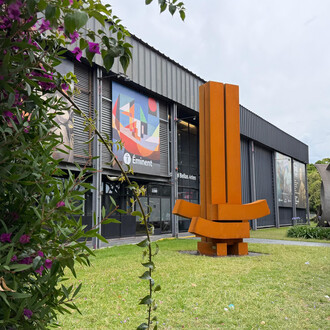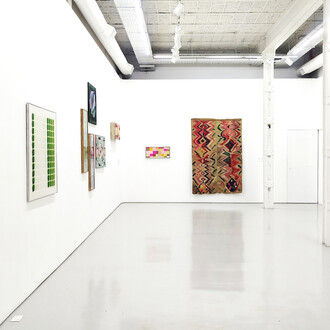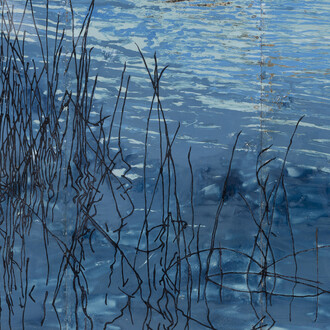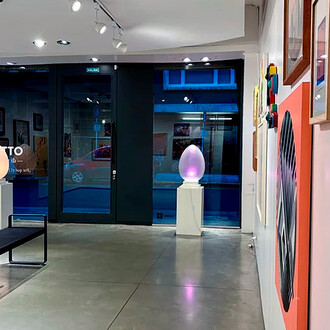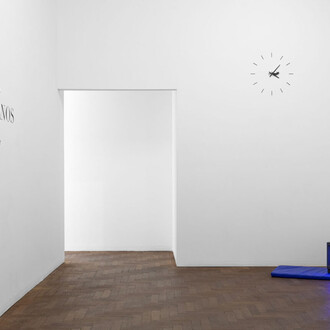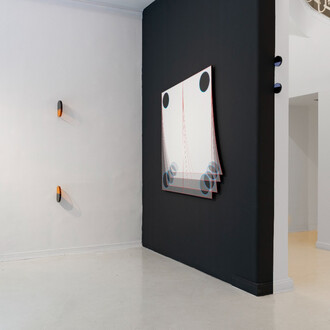In the framework of the celebration of the 15th anniversary of MALBA’s founding, the museum presents Verboamérica, a new exhibition of its permanent collection, curated by historian and researcher Andrea Giunta and by the museum’s artistic director, Agustín Pérez Rubio. The exhibition—the fruit of a wider research project that has been underway for over two years—proposes a living history of Latin America in actions and experiences, a postcolonial history that does not understand Latin American art in the terms proposed by European art, but rather on the basis of the words that the artists themselves used in devising their aesthetic agendas.
“Verboamérica is performative and temporal; it evidences the crisis of a single and linear notion of historical time that globalization has witnessed,” explains Pérez Rubio in the exhibition catalogue; a cornerstone of the publication is Joaquín Torres-García’s famous map América invertida [Inverted America], a work that, as early as 1936, posited a modification in the geographic and spatial, but also temporal, pre-eminence of the Americas.
The exhibition breaks with a classical chronological overview. It includes one hundred and seventy pieces divided into eight thematic clusters with works from different historical periods and in an array of formats (painting, drawing, photography, video, book, historical document, and installation). The clusters are: In the Beginning; Maps, Geopolitics, and Power; City, Modernity, and Abstraction; Lettered City, Violent City, Imagined City; Work, Crowd, and Resistance; The Country and The Outskirts; Bodies, Affects, and Emancipation; and Indigenous America, Black America.
In the words of Andrea Giunta, “They key words in this exhibition come from artistic experience in Latin America: Anthropophagy, Indigenism, Negritude, Martín Fierro, Neo-concretism, Madi, Perceptismo, Constructive Universalism, Muralism. They come as well from the Latin American experience of cities—real cities, dreamed cities, utopian cities—of work, exploitation, and geopolitics; of the outskirts of the city, real and imagined landscapes; and of the banished (prostitution, poverty, unruly bodies not in keeping with how the patriarchal canon has constructed both woman and man). The exhibition revolves around black, indigenous, and peasant insurrection, the demand for land. It attempts to render visible the poetics of the indominable, forms of aesthetic emancipation".









